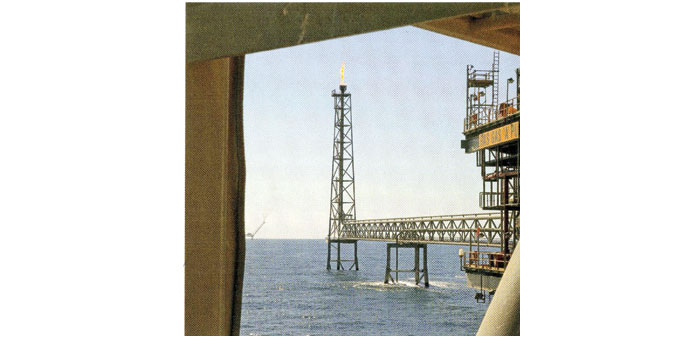By Peter Alagos
Business Reporter
RasGas Company Limited (RasGas) has said its total greenhouse gas (GHG) emissions recorded in 2013 were lower than those documented in the previous year following the implementation of corporate policies and strategies to minimise carbon emissions.
In its Sustainability Report 2013, RasGas said its GHG emissions last year totalled 17.9mn tonnes of carbon dioxide (CO2) equivalent, as compared to 18.7mn tonnes recorded in 2012.
RasGas reported that it continues to minimise carbon emissions from its operations in line with the corporate GHG management strategy and policy that was approved in 2012.
The strategy and policy provided a platform to consider mitigation opportunities along the supply chain and for tackling current and future GHG challenges, the company said.
“In 2013, we took actions within our GHG management plan. We benchmarked our programme to identify best practices and areas for improvement and completed a desk review of mitigation opportunities,” added RasGas in its sustainability report.
The report further said RasGas benchmarked its emissions against other liquefied natural gas (LNG) producers by normalising emissions in tonnes as a percentage of the total weight of gas intake from the production reservoir.
RasGas said it ranked third among the 12 international companies benchmarked on this measure in 2013.
Also, the RasGas report said it continues to operate an acid gas injection scheme that stores CO2 and hydrogen sulphide that reduces CO2 and sulphur dioxide from the production process.
The report said 1mn tonnes of CO2 per year are re-injected into a saline aquifer in an onshore reservoir formation that is monitored using microgravity surveying techniques, which were determined to be the “best monitoring strategy”.
RasGas has also reduced the amount of gas flared in 2013, which was roughly 18% below the company’s target for the year. The most significant contribution, the report said, came from a passing-valves monitoring programme.
Flaring excess gas is one of the most significant contributors to national GHG emissions and accounts for 12% of Qatar’s energy-related GHG emissions.
In 2012, RasGas launched a fresh five-year flare minimisation plan covering its Ras Laffan facilities both on-site and off-plot, which was a continuation of the inaugural five-year plan.
The new plan, which is expected to be completed by 2016, aims to reduce flaring emissions from a baseline of 1.26% (volume of flared gas per unit of gas intake) in 2011 to 0.43% in 2016.
RasGas has also made improvements to flare gas control systems and sought improvements in plant reliability, which leads to reduced flaring. Other projects have also progressed, including action to eliminate flared sour gas by sending sour gas from the sour water degasser to the sulphur recovery unit incinerators.
The report also states that further reductions are planned via a jetty boil-off gas recovery project with Qatargas. Scheduled for completion this year, the project will enable previously flared boil-off gas from LNG ship-loading operations to be recompressed at a central facility.



